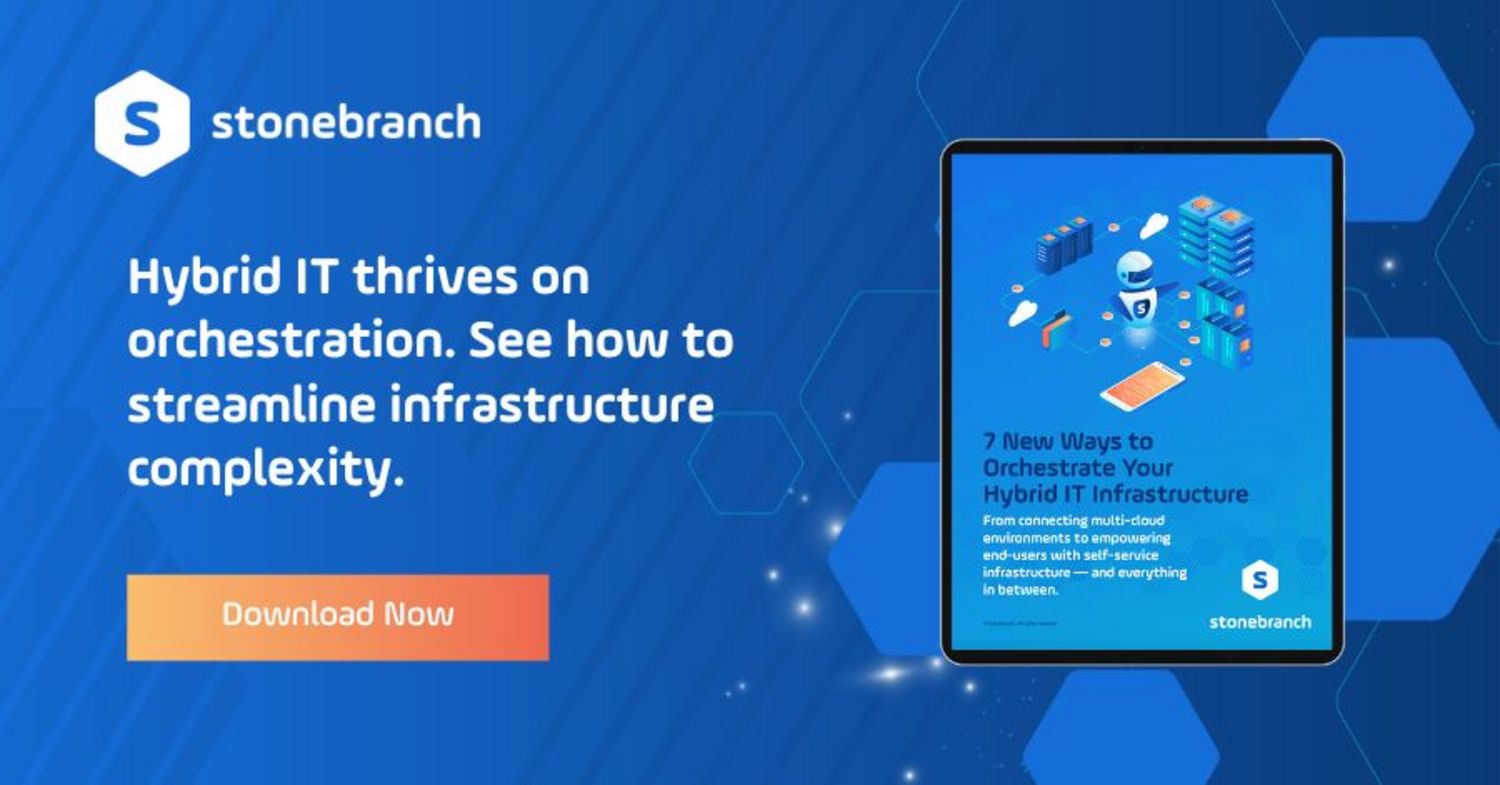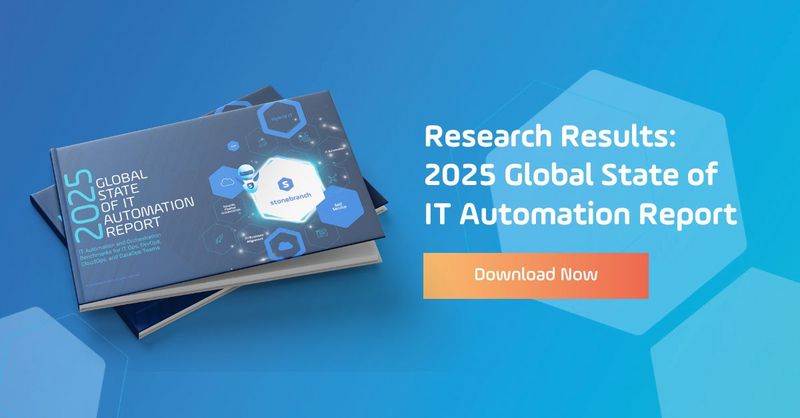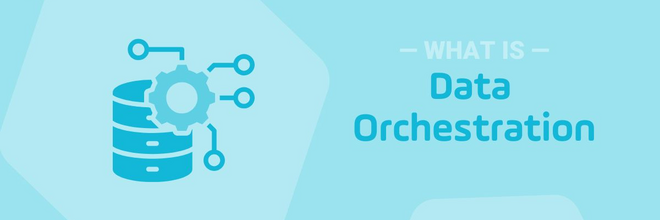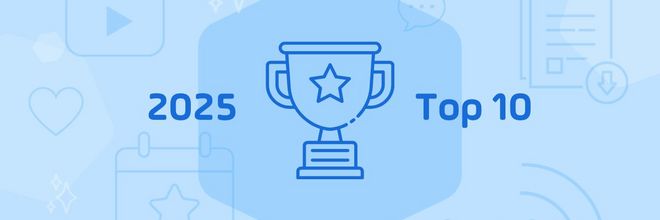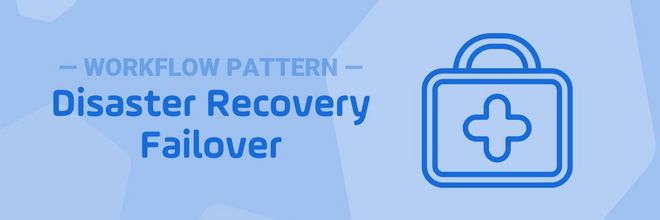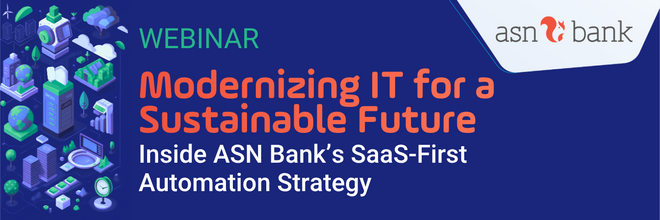6 Top Trends in Infrastructure and Operations (I&O) for 2025
2025's top trends in infrastructure and operations (I&O) include genAI, IT orchestration, MLOps, and self-service automation.
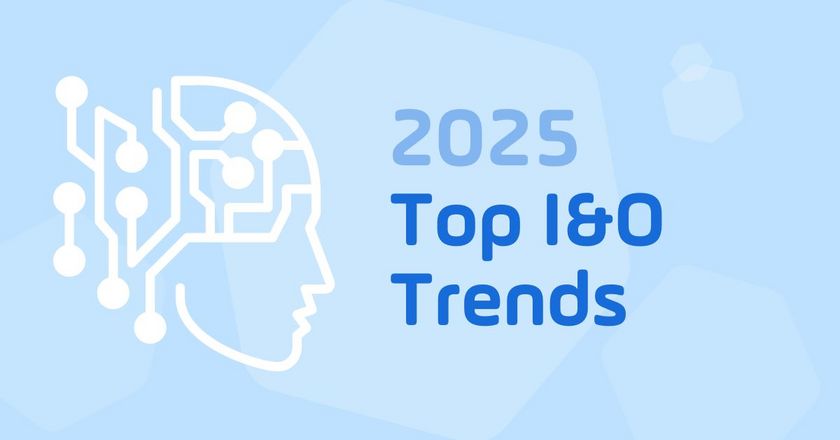
2025's top infrastructure and operations (I&O) trends reflect a rapidly evolving technological landscape that puts IT teams at the forefront of driving business growth, scalability, and security. Organizations increasingly rely on digital products and services as core to their success. Surging IT buzzwords include generative AI (genAI), self-service, MLOps, orchestration, and observability — all of which heavily rely on I&O.
In 2025 and beyond, the most effective I&O teams will be known for the innovation they create, instead of the infrastructure they manage. Read on to learn how.
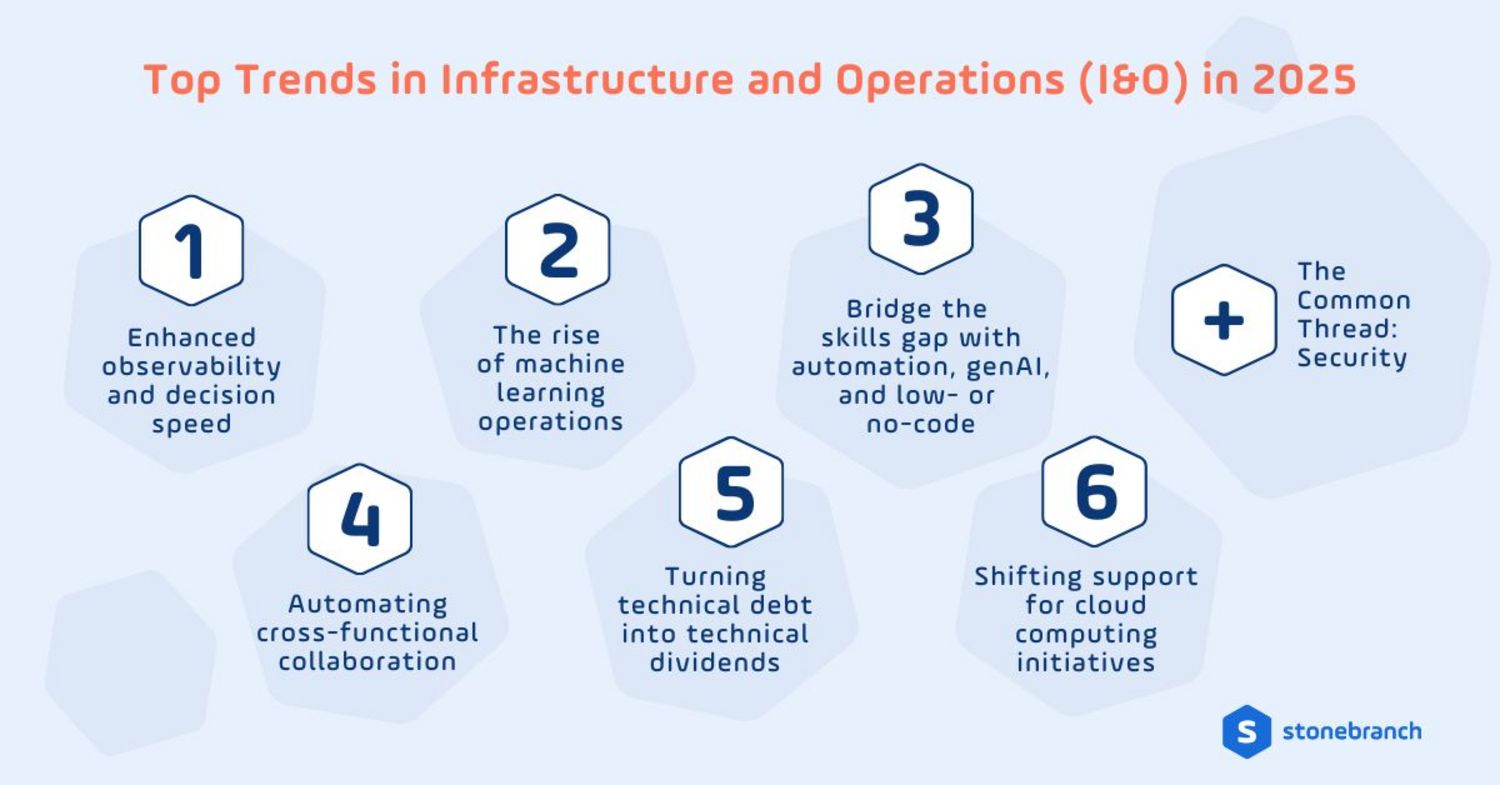
1. Enhanced Observability and Decision Speed
Gartner predicts that “by 2026, 70% of organizations that successfully applied observability will achieve shorter latency for decision making, enabling competitive advantage for target business or IT processes.”
Observability involves the systematic use of enterprise-wide trace, metric, and log data. Using industry standards like OpenTelemetry, this data can be organized and engineered with a semantic understanding of its business context, creating both active and passive metadata. To successfully enable observability, organizations should focus on implementing it at the business, application, and infrastructure layers. The goal is proactive decision-making with minimal latency.
Service orchestration and automation platforms (SOAPs) are especially well-suited to collect and choreograph the flow of observability data. SOAPs are designed to pass observability data to application performance monitoring (APM) and analytics/data visualization tools.
2. The Rise of Machine Learning Operations
Driven by genAI, this year marks a significant leap in the adoption and sophistication of machine learning operations (MLOps). This burgeoning field represents the intersection of machine learning (ML), IT operations, DevOps, and data scientists. This trend underscores the importance of artificial intelligence (AI) in enterprise strategies.
MLOps focuses on streamlining and scaling the deployment of ML models. Its purpose is to ensure efficient integration into broader DataOps and business processes. This involves automating the end-to-end orchestration of the model lifecycle from development to training, production, monitoring, and maintenance. Data pipeline orchestration platforms help operationalize the flow of data while breaking down silos that exist between MLOps, developers, and IT Ops teams.
As ML becomes increasingly important to organizational success, MLOps ensures that the underlying models are reliable, scalable, and deliver tangible value.
3. Bridge the Skills Gap with Automation, GenAI, and Low or No Code
The skills gap in IT continues to be a pressing issue. In a recent Gartner survey of I&O leaders, 37% of respondents identify “availability of resources” as a top challenge today, while 34% note "keeping pace with new service requests” as a looming challenge for the next 12 months.
Automation is a familiar strategy to boost the baseline efficiency of infrastructure and operations teams. It released I&O professionals from mundane, repetitive, low-value tasks. There isn't an end in sight for what can be automated. In fact, we can expect to see further adoption across the business. The emergence of low- and no-code and drag-and-drop functionality makes automation more widely accessible to those who don't code or work with scripts.
GenAI dominated all the industry headlines last year as I&O teams began piloting different use-cases — both as a consumer and provisioner. Gartner notes that genAI “accelerates the learning curve for less senior team members and empowers senior team members with advanced insights and automation capabilities, but it is critical not to view genAI as a replacement for human expertise.” Natural language chatbots, content generators, and knowledge discovery are just a few of the potential ways genAI can help balance resources and requests.
4. Automating Cross-Functional Collaboration
I&O leaders manage a large number of workload deployment options, but may not always have insight into the decision-making process. This can lead to inconsistencies and duplication of platform capabilities, and a lack of governance and efficiency. Successful I&O hinges on cross-functional partnerships across the IT universe (including DevOps, DataOps, and MLOps, to name a few) and throughout the business.
Automation tools are particularly well suited to assisting I&O in meeting their counterparts’ needs. In fact, Gartner predicts that by 2027, 75% of enterprises will integrate or standardize their various automation efforts to increase overall value, compared to less than 10% in 2022.
Furthermore, empowering end-users with access to self-service IT automation encourages collaboration and reduces the workload for I&O. Modern solutions provide role-appropriate access to sophisticated automated tasks and workflows. They offer this self-service access via tools that end-users leverage daily, including ServiceNow, Microsoft Teams, and Slack. This, in turn, reduces manual workloads for end-users and I&O teams alike, while also improving I&O’s oversight of enterprise-wide automation.
5. Turning Technical Debt into Technical Dividends
Technical debt is a common challenge, acting as a significant roadblock to an organization's ability to embrace new technologies and respond to market changes. It hinders the scaling of operations and the seamless implementation of innovative solutions.
In the face of these challenges, infrastructure teams are increasingly looking to modern automation solutions to bring agility and responsiveness to their IT operations. A SOAP serves as a unified platform that enables teams to:
- Streamline processes: replace outdated, manual processes with efficient, automated workflows. This shift not only boosts efficiency but also enhances operational consistency.
- Bridge the old and new: create a seamless data flow between legacy systems with modern cloud-based solutions to harness the full potential of both worlds.
- Harmonize disparate technologies: by reducing the friction that often arises from using a mix of different technologies, you create a more cohesive and effective IT environment.
This approach reduces the immediate burden of technical debt and prevents its accumulation over time. The inherent flexibility and scalability of a SOAP allows businesses to adapt quickly to changing needs without incurring additional technical debt.
6. More Support for Cloud Computing Initiatives
Trends impacting infrastructure revolve around spending shifts from data centers to public clouds. I&O teams feel the effects of change everywhere. On-premises was a more simplistic beast to tame. Adding cloud services, containerization, and edge computing compounds complexity across both system infrastructure and software.
IT teams are actively engaged in getting support from their technology partners to make cloud projects successful and secure. Typically, different solutions are combined to accomplish specific use-cases. A few examples include orchestrating managed file transfers in hybrid IT environments with Kubernetes using automation to synchronize workloads and data pipelines across cloud platforms and applications.
Cloud initiatives support a growing range of digital workplace solutions. The goal is to enable digital transformation faster and at scale. Support for this kind of I&O modernization is growing in volume and value.
The Common Thread: Security
One doesn't need to doom-scroll too far into their news feed to see that the world is inundated with threats from bad actors. Every company in the world is at risk. As such, security is a common thread that runs through every trend for 2025.
Cybersecurity is an essential component of automating hybrid IT environments, so it’s critical to verify the security of any technology you implement in your organization.
Embracing the Future with a SOAP
We’re already well into the service orchestration and automation era — Gartner first coined the term in April 2020. SOAPs are steadily supplanting traditional workload automation solutions when organizations look for new or upgraded solutions.
Workload automation is still a vital part of IT automation and a key capability of any modern SOAP. What sets a SOAP apart is the ability to securely orchestrate applications and infrastructures across an enterprise-wide hybrid IT environment — in real-time via event-driven triggers that support IT processes like:
- Provisioning computing, storage, and network resources on demand
- Managed file transfers within the enterprise and with B2B vendors
- Self-service automation for enhanced alignment and collaboration across the enterprise
- Orchestration of data and ML pipelines across on-prem systems and cloud applications
Meeting the Moment
Fueled by necessity and motivated by opportunity, enterprises have focused on building resilience, flexibility, and adaptability to future shocks. These trends in infrastructure and operations show that IT organizations have moved to the front lines of meeting these new challenges. By evaluating and responding to the trends identified here, I&O teams will ensure their continuing important role in helping their organizations meet top-level objectives.
One thing is certain, 2025 will bring about a more expansive I&O vision that embraces the organization’s shared mission, values, and goals.
Start Your Automation Initiative Now
Schedule a Live Demo with a Stonebranch Solution Expert

